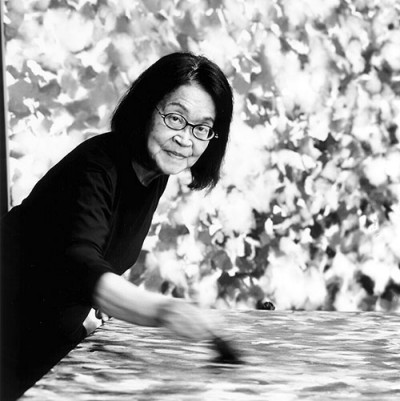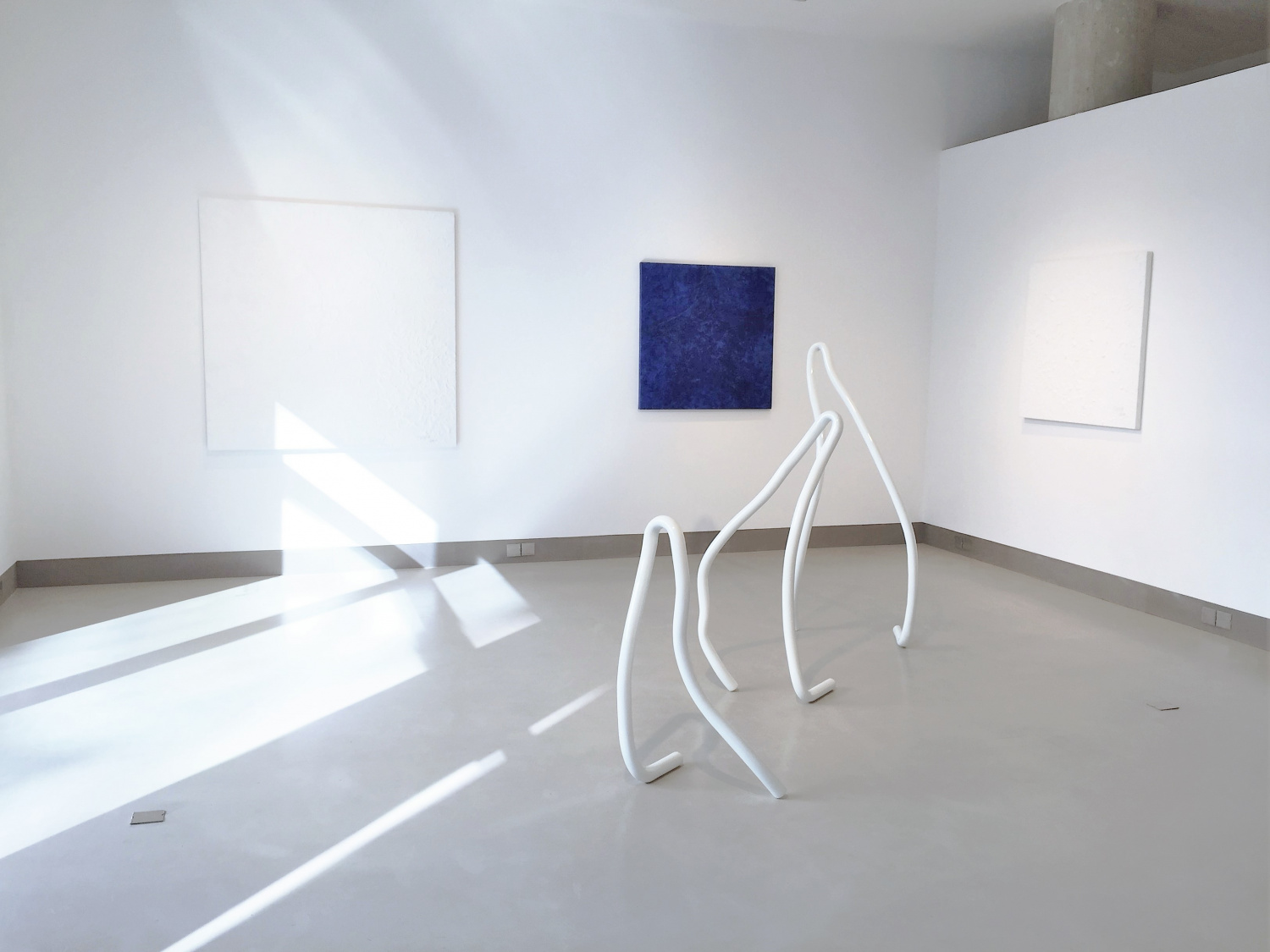 Tomie Ohtake, one of Brazil’s most celebrated artistic legends, died at 101 in São Paulo. In addition to fashioning a variety of abstract, surrealist works in primary colors, Ohtake was a renowned printmaker and sculpter.
Tomie Ohtake, one of Brazil’s most celebrated artistic legends, died at 101 in São Paulo. In addition to fashioning a variety of abstract, surrealist works in primary colors, Ohtake was a renowned printmaker and sculpter.
Born in Kyoto, Japan, in 1913, Ohtake relocated to Brazil in 1936 to visit family, only to prolong her stay indefinitely after Japan declared war. She began to paint relatively late in life, in her early 50s, with the guidance of Japanese painter Keisuke Sugano. Though most famous for her abstract art, her earlier work was figurative.
Due to her various experimentations with geometry and color, her work has been compared to that of the Brazilian Neo-Concrete movement, which seems to have indirectly influenced Ohtake’s art.This movement, formed by artists such as Lygia Clark, Mia Schendel, Lygia Pape, and Helio Oticicia in the late 1950s, rejected rationalist approaches to art and opted for a phenomenological aesthetic. Ohtake’s relationships with these Brazilian artists can been seen on the network visualizations below.
Ohtake’s approach has been called “imperfect geometry,” as it melds the golden hues of Brazilian art with Japanese aesthetics of calligraphy and Zen Buddhism. In addition to geometric paintings, Ohtake has produced a prolific number of monochronmatic paintings, as well as sculptures, most of which feature lines and curves.
As evident from her relationships with other artists—both collaborators and influencers—Ohtake developed her craft in a relatively white, overwhelmingly male dominated field. She does not have seem to have collaborated with many other Asian artists in her lifetime, much less other Asian women. As Yannis Kostarias notes in the online publication CoboSocial, Ohtake “established a successful career overcoming obstacles” at “a time when museums and galleries gave high priority to the work of men. Notwithstanding the female underrepresentation in the art-world, Ohtake shaped her own artistic identity and distinctive style.” Kostarias also notes that London has proven a welcoming platform for Ohtake’s art; the White Rainbow Gallery now proudly exhibits her work. Fellow female artists Georgia O’Keeffe and Dorothea Tanning’s 2016 shows in London have also apparently “sparked a series of conversations in London about the lack of female artists in the art world.” While female artists in general have long strived for inclusion in the institution, women-of-color artists such as Ohtake have particularly struggled to achieve such recognition. Though the recent incorporation of these artists has not necessarily dismantled the power relations constitutive of the art world, the continued appearance of Ohtake’s art at least affirms her legacy, especially to her students and disciples.
Ohtake’s Social Network by Relationship Type
Ohtake’s Social Network by Collaborator/Influencer
This map visualizes Ohtake’s relationships with other artists over the course of her lifetime. Some of these artists, such as her teacher Keisuke Sugano, are influencers, while others, such as the members of the Neo-Concrete Movement, are collaborators. This network also expands to demonstrate the relationships between Ohtake’s collaborators and influencers, highlighting key figures who have influenced a number of artists in the network, such as Pablo Picasso.
Ohtake’s Social Network by Gender
Ohtake, as a woman, was a minority amongst the artists in her network. This map visualizes the gender identities of her fellow artists, who were overwhelmingly male, as well as other female artists, most of whom did not work with Ohtake directly. This map not only underlines the masculinity of abstractionist art as a genre, but demonstrates that Ohtake worked in relative isolation as a female artist.
Ohtake’s Social Network by Country
This map highlights the national origins of Ohtake’s fellow artists. The map demonstrates that the majority of Ohtake’s contacts, unsurprisingly, were Brazilian. It also shows that some of her fellow artists, from France as well as the United States, were more insular than others, as their contacts are clustered on the map.
Ohtake’s Social Network by Race
Finally, this network demonstrates that Ohtake, like most Asian artists on the map, was a severe racial minority in the abstractionist art world. In this regard, Ohtake appears to be a “double minority” as both a female artist and an Asian artist surrounded by male and non-Asian artists. Viewed next to the other maps, this map also demonstrates that women-of-color artists, in general, were a minority in Ohtake’s network.
Yannis, Kostarias. "Tomie Ohtake's Imperfect Geometry in London." CoBo Social, 24 Apr 2017. Accessed https://www.cobosocial.com/dossiers/tomie-ohtake-imperfect-geometry/. "The Ones who Slipped through the Net." Art Newspaper, 2 Sep 2013. Munoz-Alonso, Lorena. "Japanese Brazilian Abstraction Legend Tomie Ohtake Dead at 101." artnetnews, 23 Apr 2017. Accessed https://news.artnet.com/art-world/japanese-brazilian-abstraction-legend-tomie-ohtake-dead-at-101-254348.